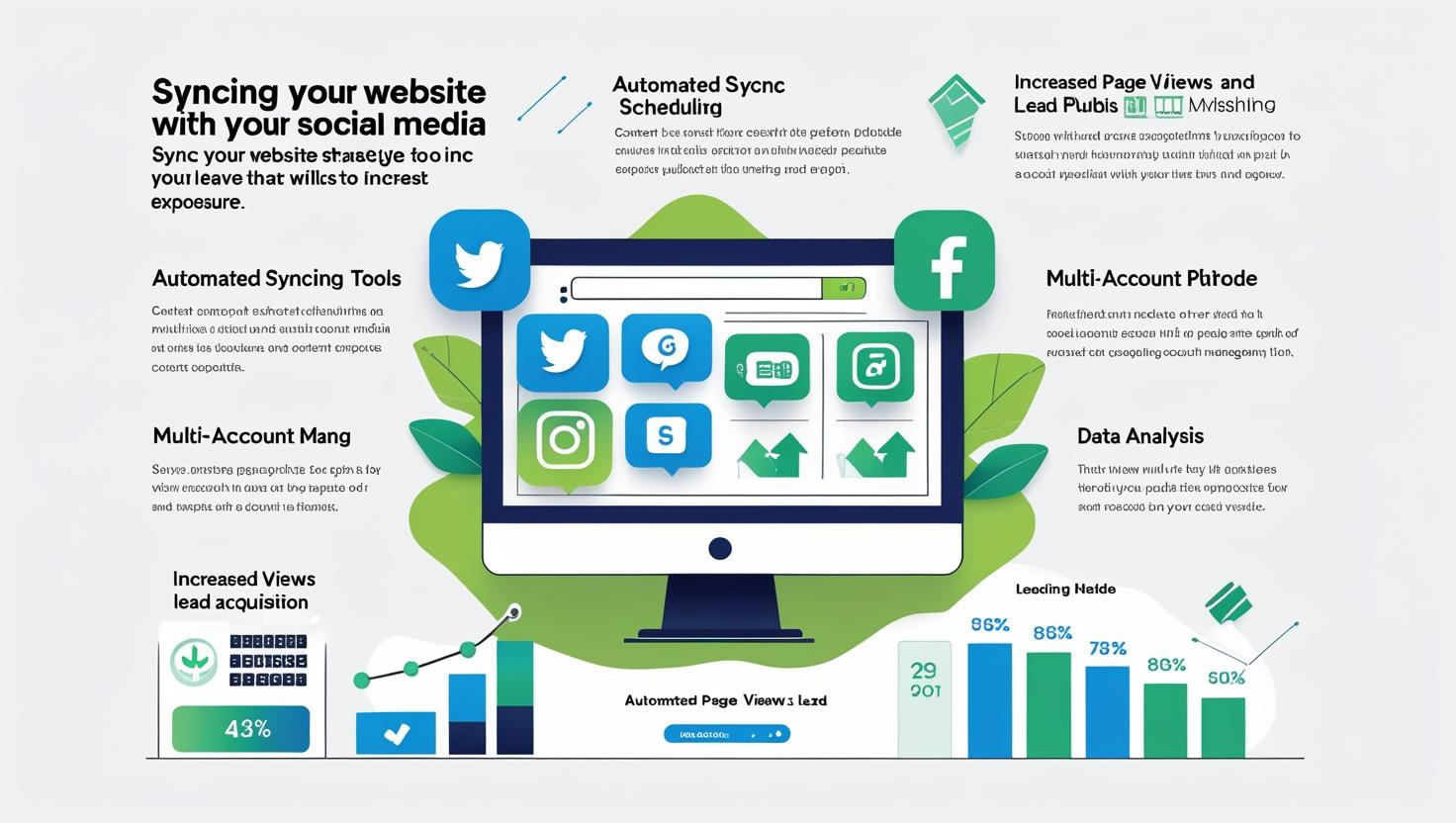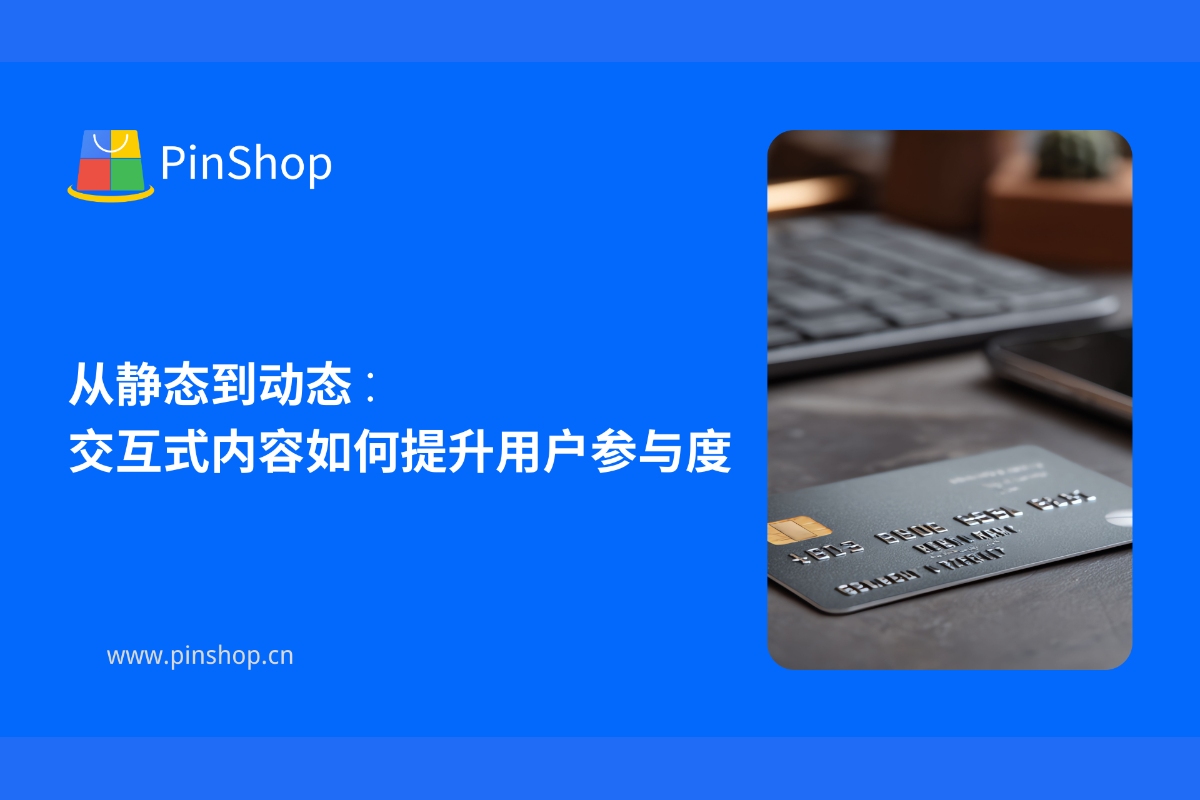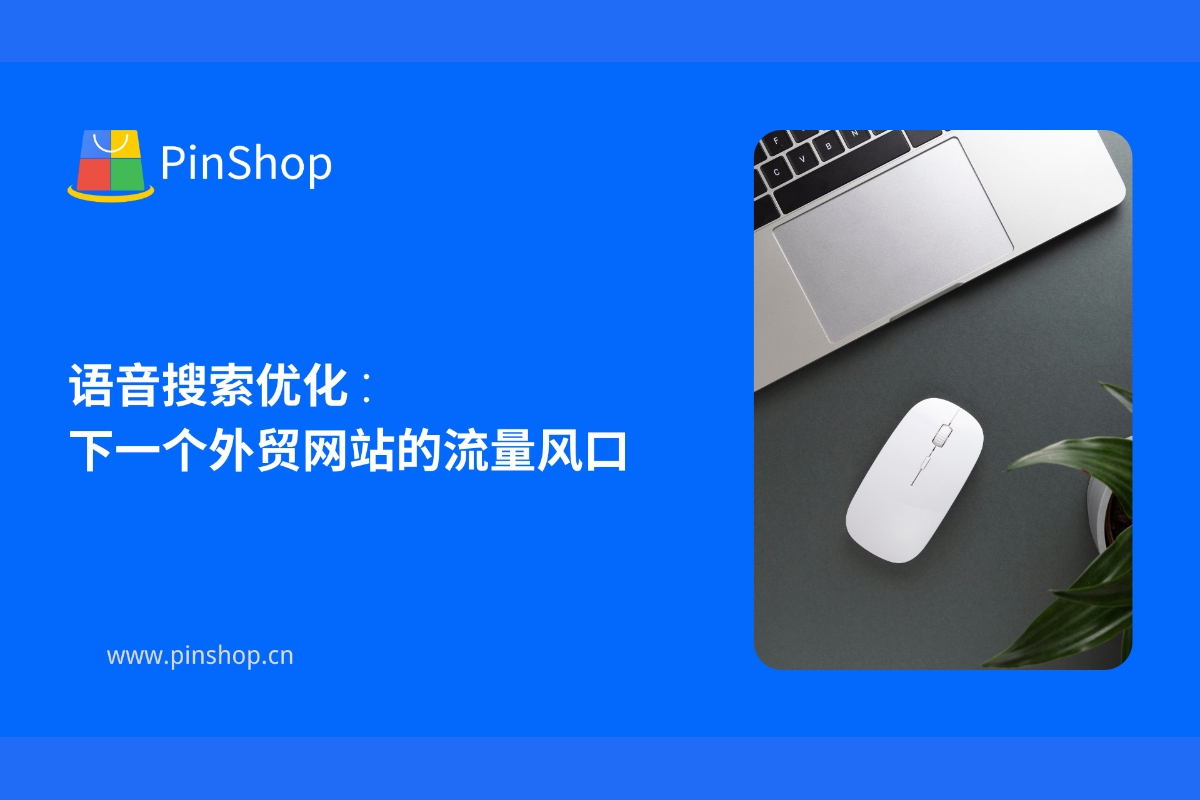With the trend of digital marketing, websites for foreign trade companies are no longer simply a product display tool, but a crucial platform for global marketing. Relying solely on search engine optimization (SEO) to increase traffic is no longer sufficient. Companies must sync content across social media platforms to achieve cross-channel exposure and attract more potential customers. According to research by the International Trade Centre (ITC) , foreign trade companies that integrate social media marketing can see an average increase in website traffic of 20%-35% (reference link: ITC ).
1. The importance of cross-platform content synchronization
Synchronizing social media platforms can allow the content of foreign trade websites to reach more potential customers and form "full network exposure":
Brand consistency : Ensure that website content is consistent with social media information such as Facebook, Instagram, and LinkedIn to establish a trustworthy brand image.
Precise reach : Through social media audience targeting, product information is automatically pushed to qualified users to improve visit conversion rate.
Enhanced interaction : Social media interaction (likes, comments, and shares) can drive second visits to foreign trade websites, increase stay time and increase inquiry opportunities.
W3C points out that the intercommunication between web pages and external platforms can help improve page crawlability and search engine weight.
2. Application of automated synchronization tools
Manually publishing content on multiple platforms is inefficient and prone to errors. Automated tools have become an essential tool for building foreign trade websites:
Content planning and scheduling : You can arrange publishing plans in advance to ensure that new website content and social media information are launched online at the same time.
Multi-account management : Supports simultaneous management of multiple social media accounts and batch synchronization of posts, product updates, and event information.
Data feedback analysis : The tool can count the exposure, clicks and interaction rate of each content in real time, providing a basis for subsequent optimization.
According to Google Analytics ’ data analysis guide, cross-platform publishing can significantly increase page visits and lead acquisition efficiency.

3. Content Optimization Strategy
Even with automatic synchronization, content still needs to be optimized for different platforms to achieve the best exposure:
Title and summary optimization : The content displayed on social media needs to be concise and attractive to clicks, while maintaining the brand information consistent with the foreign trade website.
Use of images and videos : Social media platforms prefer multimedia formats. Companies can use product images, short videos and 360-degree displays to increase browsing interest.
Interactive guidance : Embed CTAs pointing to the website in social media content, such as "Learn More" or "Consult Now" to increase conversion rates.
According to the ** International Organization for Standardization (ISO) **digital marketing standards, content optimization should take into account readability, accessibility, and multi-platform adaptability to ensure that user experience and search engine inclusion are improved simultaneously.
4. Data-driven continuous optimization
Synchronizing social media with a foreign trade website is not just about executing operations, but also requires continuous optimization based on data:
Source of visit analysis : Automated tools can count traffic sources, determine the conversion effect of each platform, and provide a basis for content adjustment.
Audience behavior tracking : monitor user click paths and dwell time, and optimize the matching degree between social media content and foreign trade website building pages.
Competitor monitoring : Analyze the social media publishing strategies of industry competitors, learn from effective methods and optimize your own content strategy.
Moz pointed out that a data-driven multi-platform synchronization strategy can improve the keyword ranking and search weight of foreign trade website construction, while enhancing the conversion effect of potential customers.
Summarize
Synchronizing your international trade website with social media platforms is a highly effective strategy for boosting brand exposure and customer conversion. From cross-platform content planning and automated synchronization tools to content optimization and data analysis, every step helps businesses achieve targeted marketing and comprehensive online reach. Using the Pinshop website building platform, businesses can easily automate their international trade website and social media content, ensuring continuous brand exposure in global markets and attracting more inquiries.
Pinshop website building platform CTA :
Want to achieve intelligent, multi-platform synchronization and efficient exposure for your foreign trade website? Try the Pinshop website building platform now and start automated social media marketing to reach customers around the world!

Recommended article: Application of automated SEO tools in foreign trade website construction






